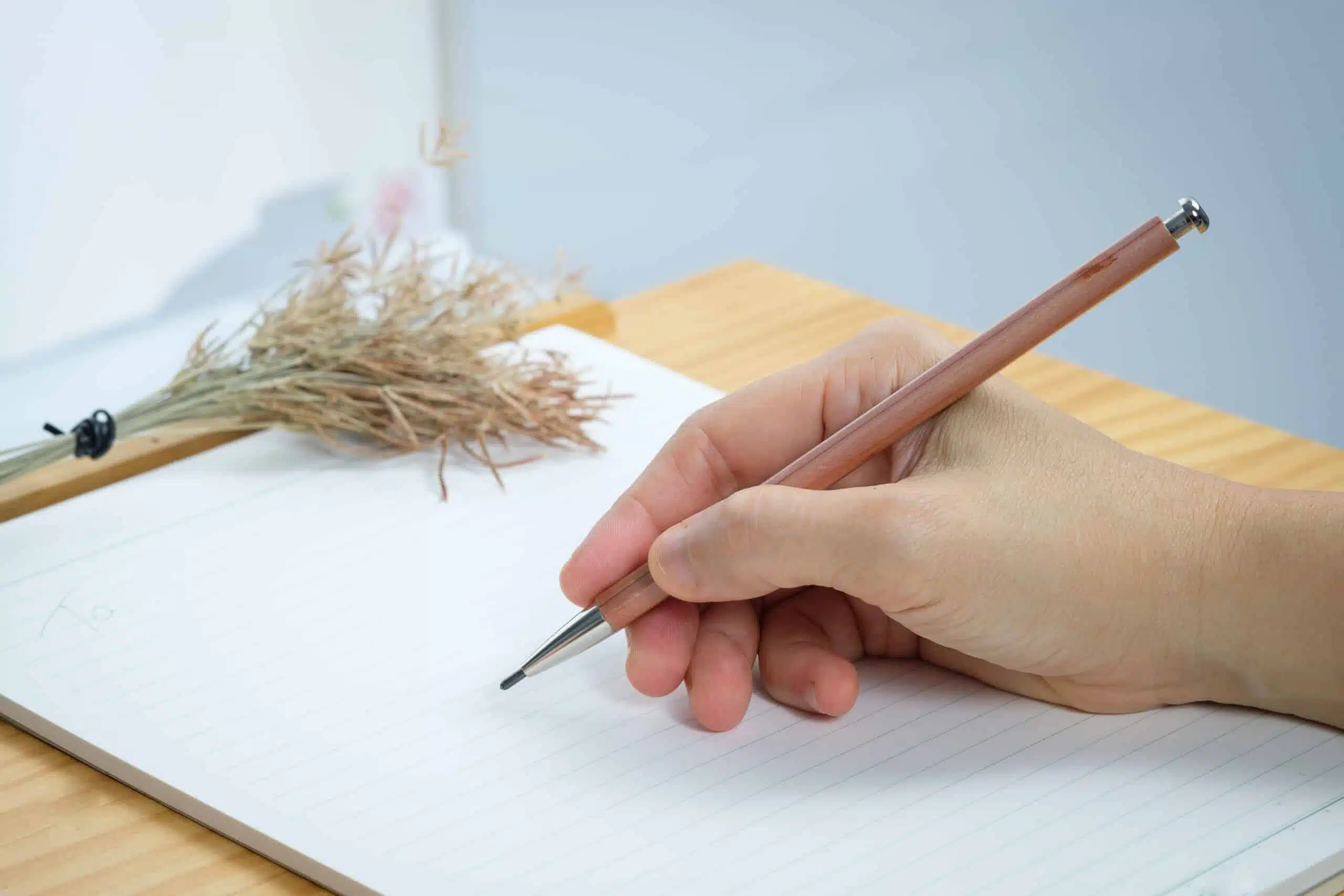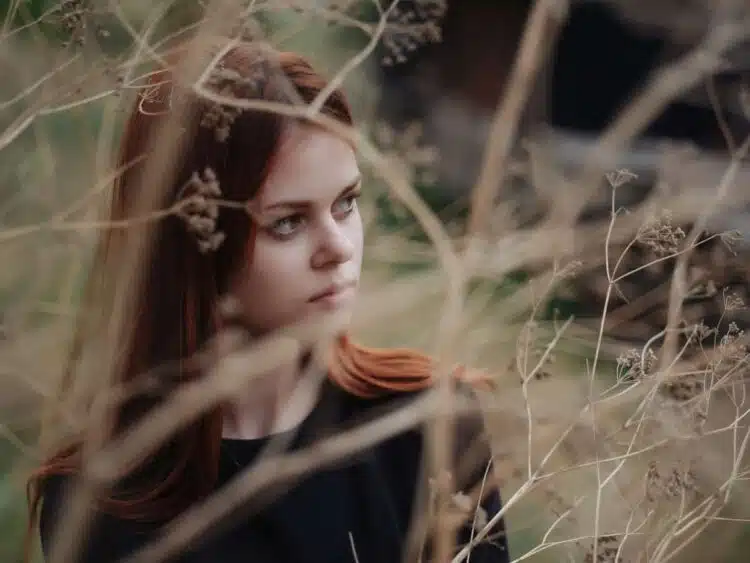Here’s what the Zéjel poetry form is:
The zéjel is a Spanish form that seems to have Arabic roots and is believed to be a descendant of the qasida.
It’s a relatively simple form that utilizes triple rhymes and linked rhyme that ties the initial stanza, called the mudanza, to the remainder of the poem.
So if you want to learn all about the Zéjel poetry type, then you’ve come to the right place.
Let’s jump right into it!
- Arte Mayor Poetry Form: Woo With Words
- Soledad Poetry Form: Plunge Into Silence’s Haven
- Glosa Poetry Form: Unlock Wisdom’s Vault

Forms of Poetry: The Zéjel

The zéjel is an old Spanish form that has relations to the Arabic qasida.
There’s even an Arabic variant of the form called the zahal.
While it isn’t entirely clear when the poem jumped from language to language, it seems to have been adopted by Spanish troubadours around the 15th century.
Online you will often see the form spelled without an accented e. (Zejel.)
This is mainly because English doesn’t natively use accents and, more to the point doesn’t include accented letters on their keyboards in a conveniently accessible way.
It should be noted that Robin Skelton and Edward Hirsch, both considered authorities on poetry, give slightly different explanations of the form.
English sources seem to have prioritized Skelton’s version so that’s the one we’ll be prioritizing, but I should note that it’s unclear which translation is actually more accurate at this time.
If you happen to know any Hispano-Muslim poets who have been alive for 500+ years, then you may be able to get a more historically accurate explanation from them.
Until then, we’re stuck with the modern sources we have access to.
Basic Properties of the Zéjel

| Rhyme Structure | Strict |
| Meter | None |
| Origin | Vague; seems to be a descendant of the older qasida |
| Popularity | Pretty much dead |
| Theme | Varies |
How Is a Zéjel Structured?

The zéjel always begins with the mudanza.
This first stanza has exactly three rhymed lines (rhyme scheme: aaa) and sets up the end sound that will be used to close off every other verse of the poem.
This linked rhyme is the fundamental feature of the form.
The rest of the stanzas are quatrains.
Each one starts with a triple rhyme, like the mudanza, but ends with one additional line that goes back to the first sound of the poem, bringing us back to the sound of the mudanza over and over again.
Put simply, the rhyme scheme of the overall poem will be aaa bbba ccca ddda eeea, etc.
There is no fixed point at which to stop, though the poem can’t achieve its expected pattern without a minimum of two verses.
Additionally, the poem can’t go on forever without eventually repeating an end word, due to the linked rhyme scheme.
Hirsch’s interpretation treats the linked rhyme as a refrain, which alleviates the repetition problem.
But, for better or worse, the version that is socially accepted in English as a zéjel is currently the Skelton version.
Octasyllabic lines are common but not necessarily mandatory.
In reality, the Spanish tradition would be that the seventh syllable is the last stressed syllable.
But English variants of the zéjel tend to disregard this feature of Spanish poetry in favor of easier-to-understand syllable counts.
Example of a Zéjel

All around me, devastation,
the stench of deforestation,
mocking crudely all creation.
The woods I knew, no longer here.
Silently, I shed a single tear.
Yet there is no anger nor fear.
Only quiet trepidation.
Living within the ruins now
of memories that bend and bow,
vivid yet derelict somehow.
Blinded by this situation.
The above poem showcases the expected rhyme scheme.
As you would expect, the challenge factor of the poem comes entirely from the triple rhymes and repeating end sounds.
In this case, I used an extremely common suffix to make it easier on myself (-ation).
A secondary benefit of this suffix is that it just happens to be made up of a stressed and unstressed syllable.
So while the poem as a whole doesn’t stick to the rule that the seventh syllable should be the last stressed syllable, every line that ends in “-ation” actually does.
You could theoretically use this same trick for every end sound, using different suffixes, but I only did it to show off one option you have for adding uniformity to the stress pattern.
Tips for Writing a Zéjel

As with all rhymed poems, you need to be careful of how you end your lines.
The initial tercet, in particular, will have its end sound repeated so many times throughout the poem that you absolutely have to think seriously about what end sound you’ll use. Common suffixes can help.
Aside from the rhyme, which is of course the main feature of the poem, this form isn’t particularly challenging.
Eight syllables per line are quite comfortable, even if you choose to make your lines isosyllabic.
If you want to be more accurate to the Spanish tradition then you can make the seventh syllable stressed and ensure that no other stressed syllables follow it.
It’s up to you whether you want to go that far or not.
In all practicality, this poem form is practically dead, and even native Spanish speakers go their whole lives without hearing it ever brought up.
If someone suddenly chose to focus their attention on this form, they would become the leading authority on it simply by default, since it has few staunch defenders.
Naturally, there will always be purists and nitpickers who demand a form be as accurate to its roots as possible, but to them, I would posit one simple point.
Only the people using a form in the here and now have any say over what it is now and will become.
History doesn’t stay firmly affixed to the hands of the dead forever.
Poet’s Note

“Zéjel” is perhaps the most unlikely combination of characters I’ve ever seen in one word.
Aside from Aztec words, of course. It would be a great name for a fantasy character.
Maybe a half-elf mercenary who only speaks in rhymed tercets?
Comprehensive Collection of Poetry Forms: Craft Words Into Art

Dare to traverse the entire spectrum of poetic forms, from the commonplace to the extraordinary?
Venture from the quintessential Sonnet to the elusive Mistress Bradstreet stanza, right through to the daunting complexity of Cro Cumaisc Etir Casbairdni Ocus Lethrannaigecht.
For those with a zeal to encounter the full breadth of poetry’s forms, this invitation is yours.
Start exploring the vast universe of poetic ingenuity with our comprehensive array of poetry forms right now!
